Tom Bob is an artist in New York who took to streets and turned the everyday objects into creative pieces of art. The artist sees the world differently from others. Where we see a gas meter box, he sees a pink flamingo, where we walk past a bike rack without looking at it twice, he sees a slithery creature. He transforms the city infrastructure into cute, playful 3D murals with house paint and a lot of imagination.
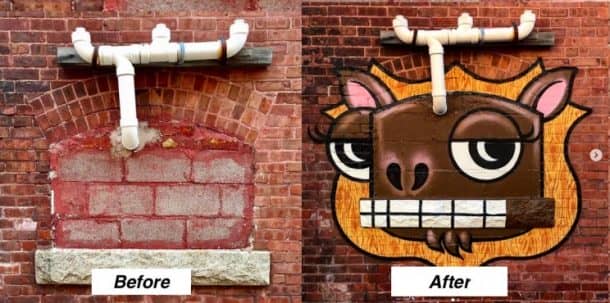
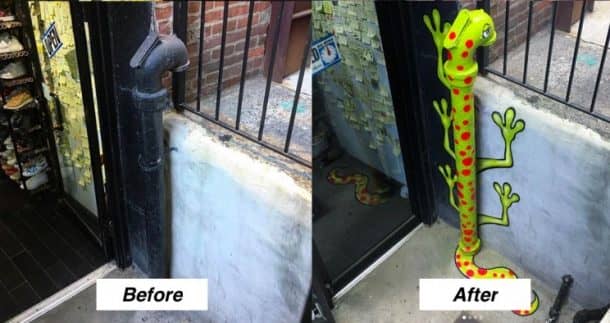
He is not only confined to NYC alone. His work has also been spotted in Kaohsiung (Taiwan), Dubai (UAE) and many other places in the world. He transforms the everyday objects like pipes, grates and building facades into unexpected imagery. Not everyone is a fan of art outside the gallery, and undoubtedly street art can create a particular atmosphere and moods in the city. Street art or graffiti began in full force with the advent of Hip Hop music in the early 1980s and artists quickly saw the appeal of being able to present their art to a broader audience without the art world constraints.
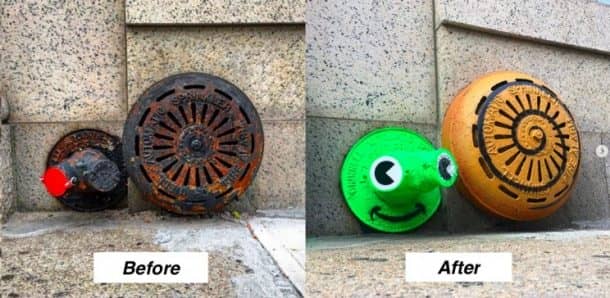
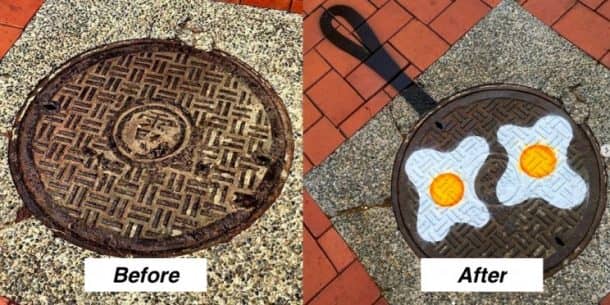
Keith Haring is also another iconic street artist who contributed to New York art scene with his massive murals in the New York Subways. He used his voice as a way to raise attention to the AIDS crisis which was happening at the same time. His work is collected in several museums all over the world. Haring’s partner Jean-Michel Basquiat started his street art career by painting large enigmatic epigrams on the lower East Side of Manhattan in the 1970s. He met Andy Warhol, and they began working together. Their works can be found in museums, galleries and private collections all over the world. Another very contemporary name is the British artist Banksy.
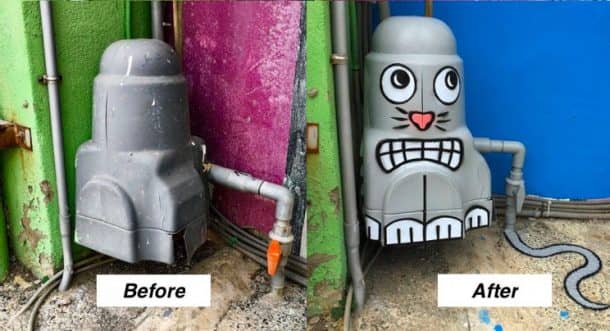
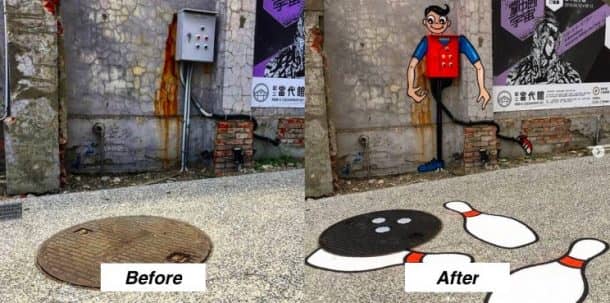
He is known for his iconic and tongue in cheek works. The true identity of Banksy has never been revealed. The artist used a stencil technique to create paintings and installations in London and other cities. Tom Bob doesn’t have a political message in his artwork. However, his works are still compelling. They can bring joy to the city and can create space for people to rethink the power of structures of ownership which are pervasive in any urban area.


